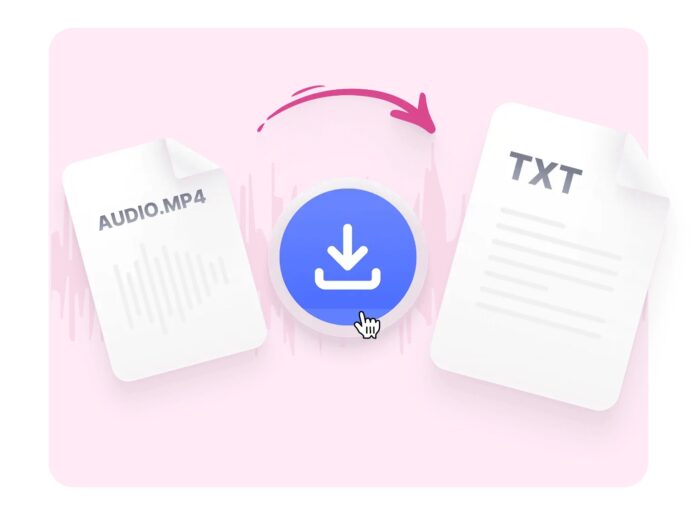As a content creator, you know that time is of the essence. Anything that can make your workflow more effective is a must-have tool because creating content can be time-consuming. Converters from audio to text can help with that. In this article, we’ll explore five reasons why an audio to text converter is a must-have tool for content creators.
Saves time and Increases Efficiency
The ability to save time is one of the main benefits of using an audio-to-text converter. You can use an audio to text converter to automatically convert your audio files into text format in a matter of minutes rather than manually transcribing them, which can take hours. This frees up your time so that you can concentrate on the editing and proofreading that are important parts of content creation.
Consider conducting a 30-minute interview for a podcast episode or doing research for an essay. Using an audio-to-text converter will enable you to quickly transcribe the recording, making it simple to edit and incorporate into your content, as opposed to spending hours transcribing the entire conversation or significant portions of the research.
Improves Accuracy and Reduces Errors
Manual transcription of audio files is prone to errors. It can be expensive and time-consuming to correct misheard words, typos, and other mistakes. You can improve accuracy and reduce errors by using an audio-to-text converter. Many audio-to-text converters use cutting-edge algorithms to accurately translate your audio files into text, reducing the possibility of mistakes.
Additionally, some audio-to-text converters provide manual editing options that let you review and edit the transcription as needed. A more accurate and high-quality transcription can be produced more quickly and with less effort by combining modern technology and manual review.
Provides a More Versatile Workflow
You can also have a more flexible workflow with an audio-to-text converter. You can use audio files in your content creation process rather than just text-based content. To put interviews or podcast episodes into text format so they can be edited and reused as blog posts or social media content, for instance, you can use an audio-to-text converter.
Additionally, audio-to-text converters can be employed to produce captions or subtitles for videos, improving the audience’s accessibility and usability. This broadens the scope of your content creation and increases the value of your efforts.
Enables Multitasking
You probably have a tonne of tasks on your plate at all times as a content creator. You can multitask more efficiently if you use an audio-to-text converter. You could, for instance, listen to an audio file while transcribing it while working on other projects at the same time. You can accomplish more in less time by doing this, which will ultimately boost your productivity.
You can also change the playback speed of the audio file using some audio-to-text converters, which gives you the option to speed up or slow down the audio file according to your preferences. Depending on your comfort level, this can speed up or slow down the transcription process, making it simpler to multitask and work effectively.
Offers Flexibility and Accessibility
An audio-to-text converter also provides accessibility and flexibility. The converter makes it simple to work while on the go because it can be accessed from any location with an internet connection. Additionally, a lot of audio-to-text converters provide a selection of output formats, letting you select the one that suits your needs the best.
For instance, you can download the transcription in various formats, including Word, PDF, or plain text, from some audio-to-text converters. This can be helpful when sharing the transcription with editors or colleagues who use different programmes or hardware.
Conclusion
For those who create content, an audio-to-text converter is a necessity. Understandably, more and more content producers are integrating audio-to-text converters into their workflow, given their wealth of advantages. If you haven’t already, it’s time to experiment with an audio-to-text converter and see how it can transform how you create content.













